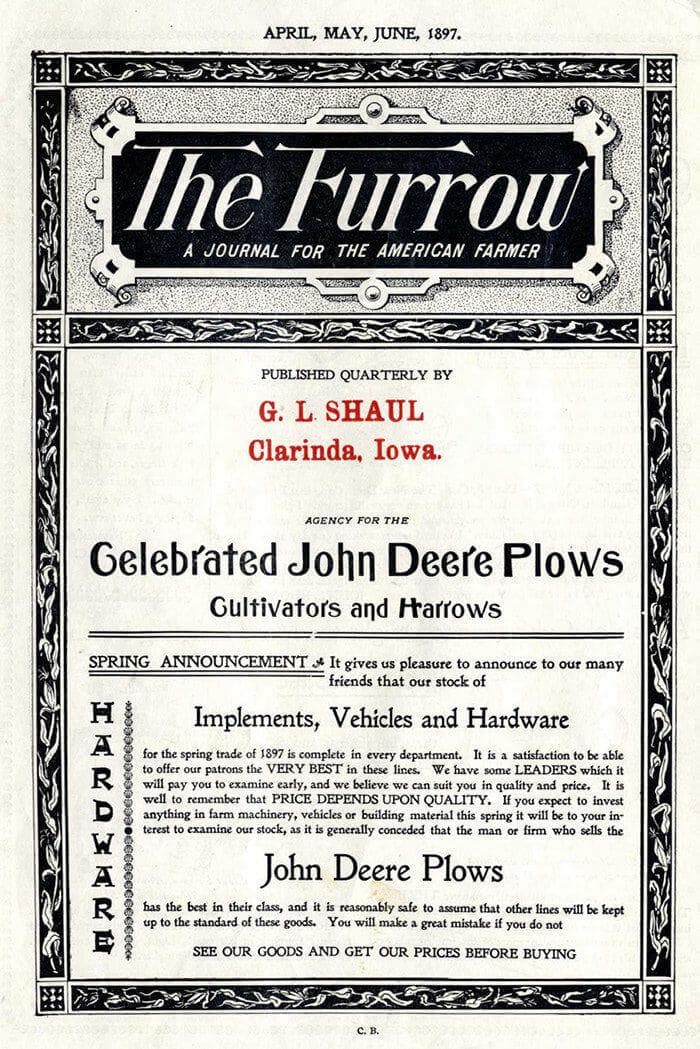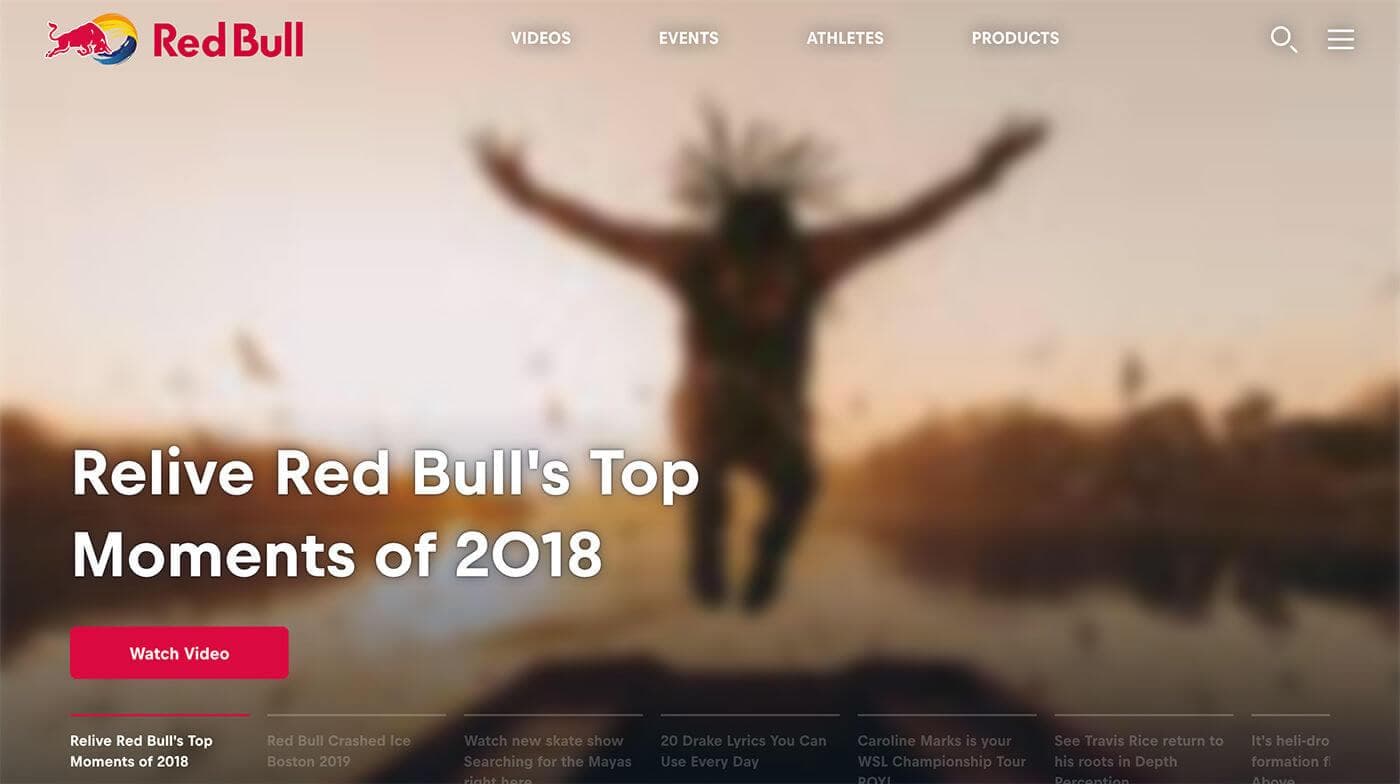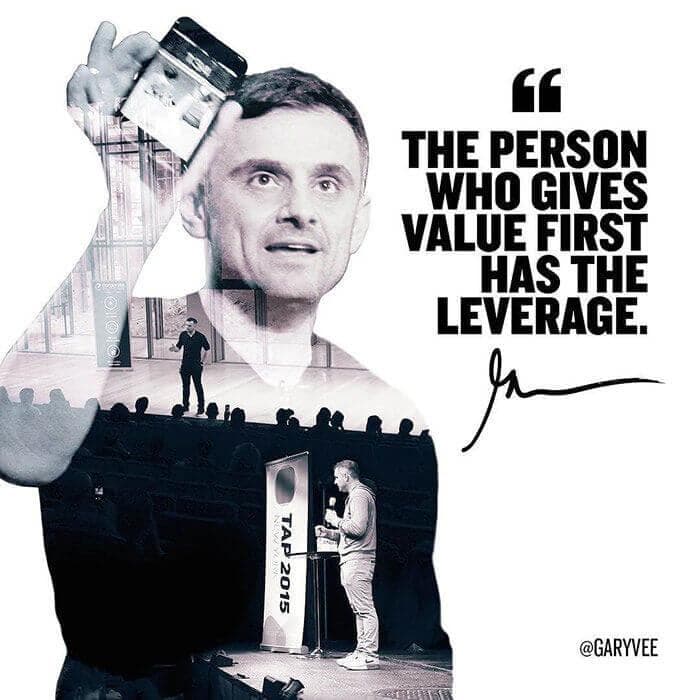To Sell to Gen Z through Media, Don’t Sell
Generation Z, a.k.a. Gen Z, is the Content Native generation, so how can marketers effectively translate relational selling beyond social media onto other platforms? In this third part of our series (read Part 1 and Part 2), we’ll look into examples of how companies have successfully built relationships with their customers over time across platforms, and have established what can only be referred to as media powerhouses.
While we’ve discussed content marketing up to this point as a social media strategy, it’s important to note that the benefits of providing quality media for consumer consumption spans across all different mediums. Even in today’s world of social media dominance and resulting shortening attention spans, high-quality and long-form media styles are still sought after by consumers and are effective forms of storytelling for brands. Think about it, when was the last time you focused on one thing for two hours or more without looking at your phone? Chances are it was the last time you went to the movie theater, got wrapped up in a great book, or attended an incredible event … maybe even when you spent some time with your family or friends (if you made an effort to put your phones away)!

As modern-day consumers, we still love devoting our attention to something for a longer period of time, but it takes something that catches us, something that’s meaningful to us, to capture that attention. Quality, long-form content can absolutely do that, and it has the power to capture and captivate Gen Z consumers in the same way. This content stands above the noise by nature and delivers unique experiences not available in other formats. True entertainment made for the sake of entertaining plants the seeds for creating common ground, which is the foundation of relationship building. The great thing is any brand can utilize media as a path to connect with audiences. You don’t have to be a strictly media brand!
So — How can brands effectively utilize media to sell? In short: by not selling.
As an example, let’s look at John Deere. When you think of the ubiquitous green tractors you probably think of farm work and mechanical functionality, not media or content marketing. However, the tractor company was perhaps the first company ever to utilize longform relational selling with the launch of The Furrow all the way back in 1895. In Killing Marketing, Joe Pulizzi and Robert Rose praise the John Deere and the mission of The Furrow magazine for its focus on providing quality content and cultivating customer loyalty instead of selling tractors from day one:
In recent years John Deere has expanded their media team with the introduction of the lifestyle-focused Homestead magazine and website, continuing their goal of providing quality, educational, long-form content to their target demographic. While they rarely market (or even mention) their equipment, it is always at the top of mind as consumers read the John Deere publications. The benefit of this type of content is that it is incredibly useful to the readers and serves as a true resource for necessary information, creating long-term loyalty and building inherent trust with the brand as a partner in practice rather that merely a seller of equipment. It also provides an incredible ROI for the publication’s and the brand’s bottom lines.
Over time, more and more brands have realized the benefits of media “marketing.” This article would be lacking if we didn’t mention a more modern example that takes the concept to the extreme: Red Bull. Everything you see online or advertised about the energy drink brand has to do with the lifestyle you can live with the energy and motivation it can give you and NOTHING to do with the drink itself. Red Bull sponsors all kinds of extreme sporting events, hosts thrilling record-breaking attempts, and even operates a TV network to showcase it all. While their logo is prominent throughout, none of these initiatives even show a single can of the drink. In fact, on the website, there is not a single product image on the home page or any secondary page; the only place you’ll find any selling is the Products page.

While targeting a demographic with unique interests and providing them with a ton of relevant content, Red Bull makes sure it stays at the top of mind for potential consumers. Those who are part of the lifestyle will not forget about the brand and, as it is so integrated in identity of the extreme and athletic lifestyle, their target demographic, individuals in that demographic, or those who want to emulate that demographic will begin drinking the product as the natural next step.

To round it out, let’s look at an example of personal branding in a similar manner. Chances are by now you’ve heard of Gary Vaynerchuk, Founder & CEO of the multi-faceted agency VaynerX. GaryVee is an entrepreneur who has a history of building businesses through content, and he utilizes his agency to expand his offerings and replicate his success by doing the same for clients. In order to stand above the crowd, Gary utilizes content marketing for his own personal brand to showcase his expertise, teach about what he’s learned along the way, and how “you too can crush it if you hustle.”
From books to podcasts to videos to social media, Gary constantly publishes content that includes REAL strategies and advice for individuals and for brands while rarely mentioning his agency or any of the other companies or brands he owns and is working to monetize. While conventional marketing wisdom would say that this is counterintuitive since his business literally SELLS these strategies, the creation of an audience and the subject matter expertise that his content showcases uniquely positions Gary to be a go-to source when potential clients need marketing help. While only a very small percentage of those that see Gary’s content will ever become a client, that percentage more than pays for the time and effort that the content takes.
Through these three examples we’ve seen how — Creating media resources can propel brands forward, create loyalty, and build relationships that can last a lifetime. Doing this may be more important than ever, as Gen Z values building relationships and feeling connected with the brands they engage with as consumers. And bonus! Although this strategy is truly based in playing the long game, it will create a meaningful impact with an audience of any age. Next time, we’ll look at taking brand relationships into the physical world by creating experiences with in-person events …